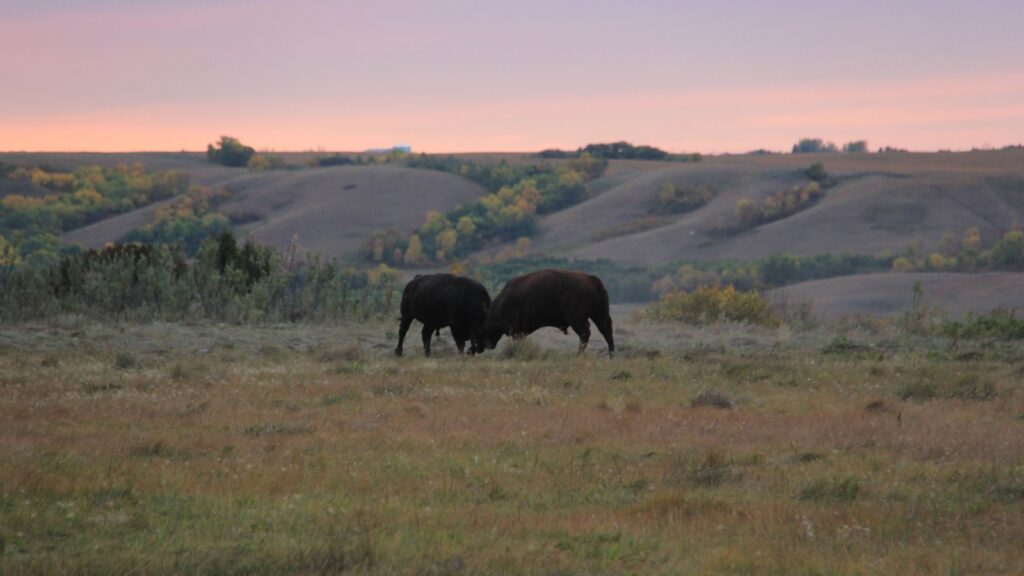Canada’s landmarks may look straightforward on paper, but pronouncing them correctly is a whole other challenge. From French-influenced names to Indigenous words that carry deep meaning, many spots trip up visitors as soon as they ask for directions. Locals usually know what you mean, but a misstep can spark a laugh or an eye roll. Here are 23 Canadian landmarks tourists mispronounce all the time:
Château Frontenac — Quebec City, Quebec
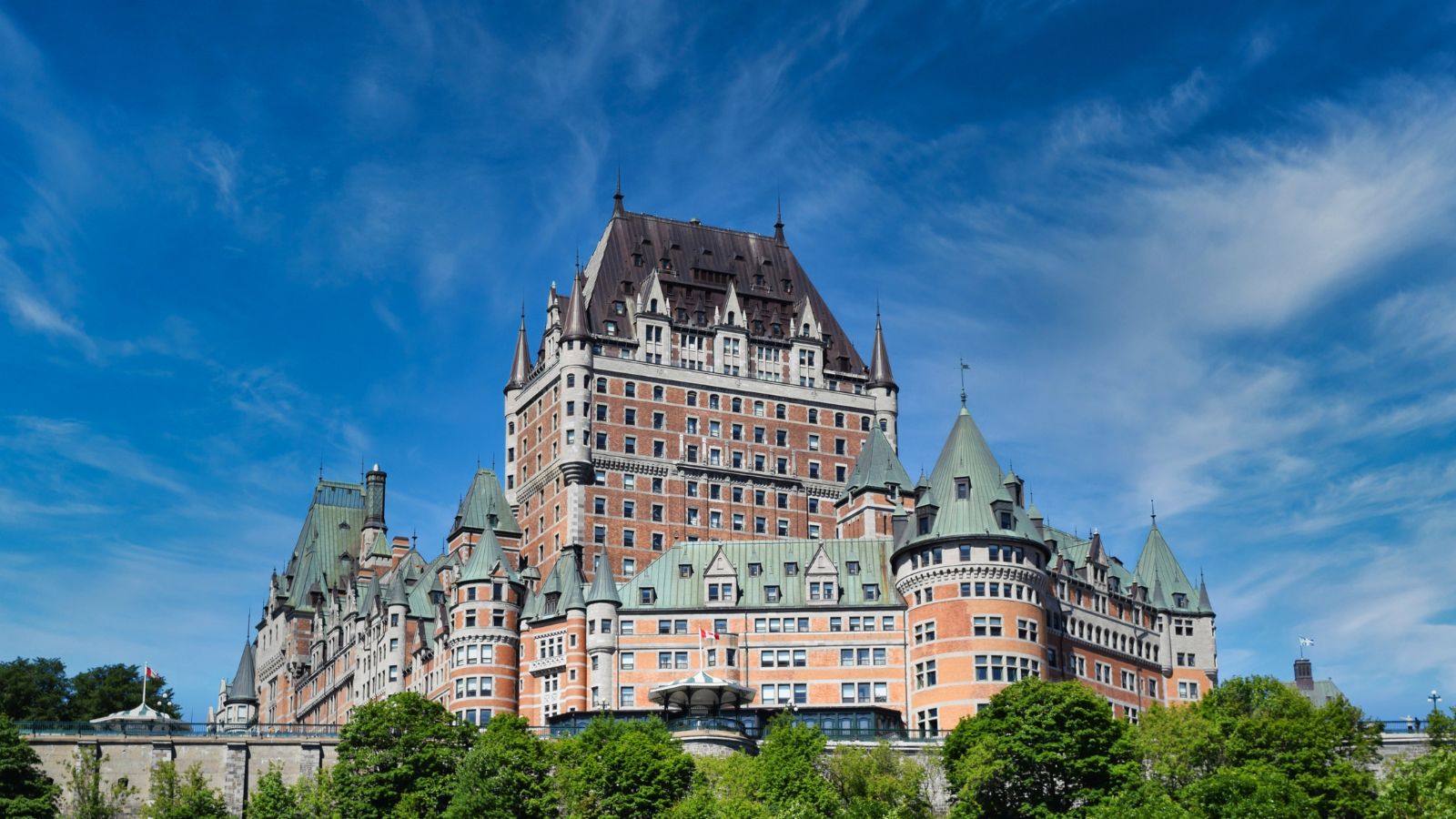
One of Canada’s most photographed hotels, the Château Frontenac sits high above the St. Lawrence River. Tourists often fumble over “Château,” saying “Chat-toe” instead of “Sha-toe.” In French, it flows more smoothly as “Sha-toe Fron-ten-ack.” The landmark itself is more than just a hotel, it’s a symbol of Quebec City’s European charm and history. With its turrets, steep roofs, and commanding presence, it dominates the skyline. Correcting your pronunciation might not get you a room upgrade, but it does add a touch of polish when you’re chatting with locals about this iconic site.
Parc Jean-Drapeau — Montreal, Quebec
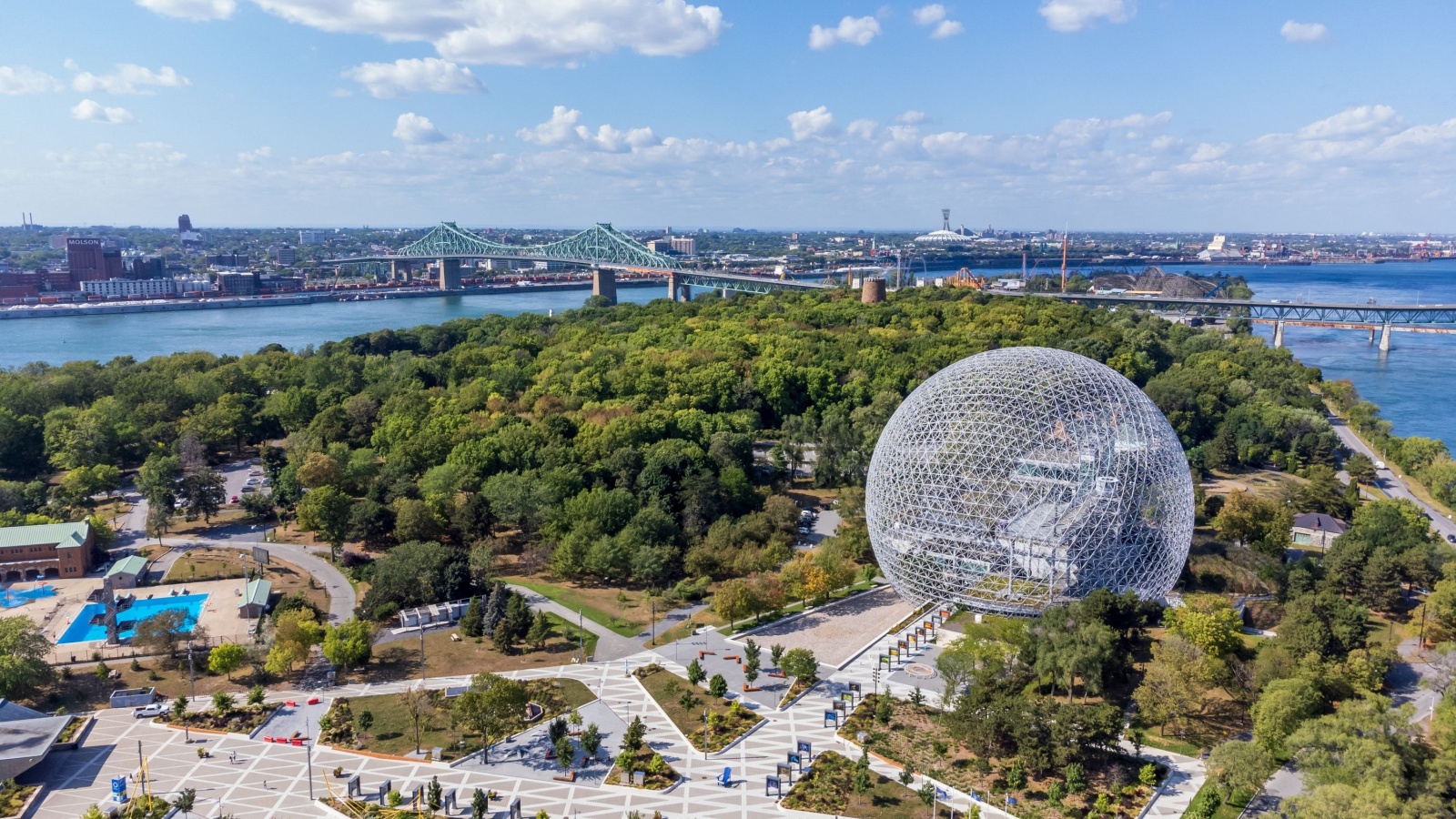
Parc Jean-Drapeau hosts music festivals, Formula 1 races, and outdoor fun across its two islands. Visitors often butcher the French pronunciation, saying “Park Jeen Drape-e-o” instead of the smoother “Parc Zhan Dra-po”. Named after a former Montreal mayor, this park is beloved by locals for its green spaces, cultural events, and riverfront views. It’s also home to the famous Biosphere and Circuit Gilles Villeneuve. Whether you’re attending Osheaga or just strolling the grounds, getting the name right helps connect you with Montreal’s French-speaking culture in a respectful way.
Rideau Canal — Ottawa, Ontario
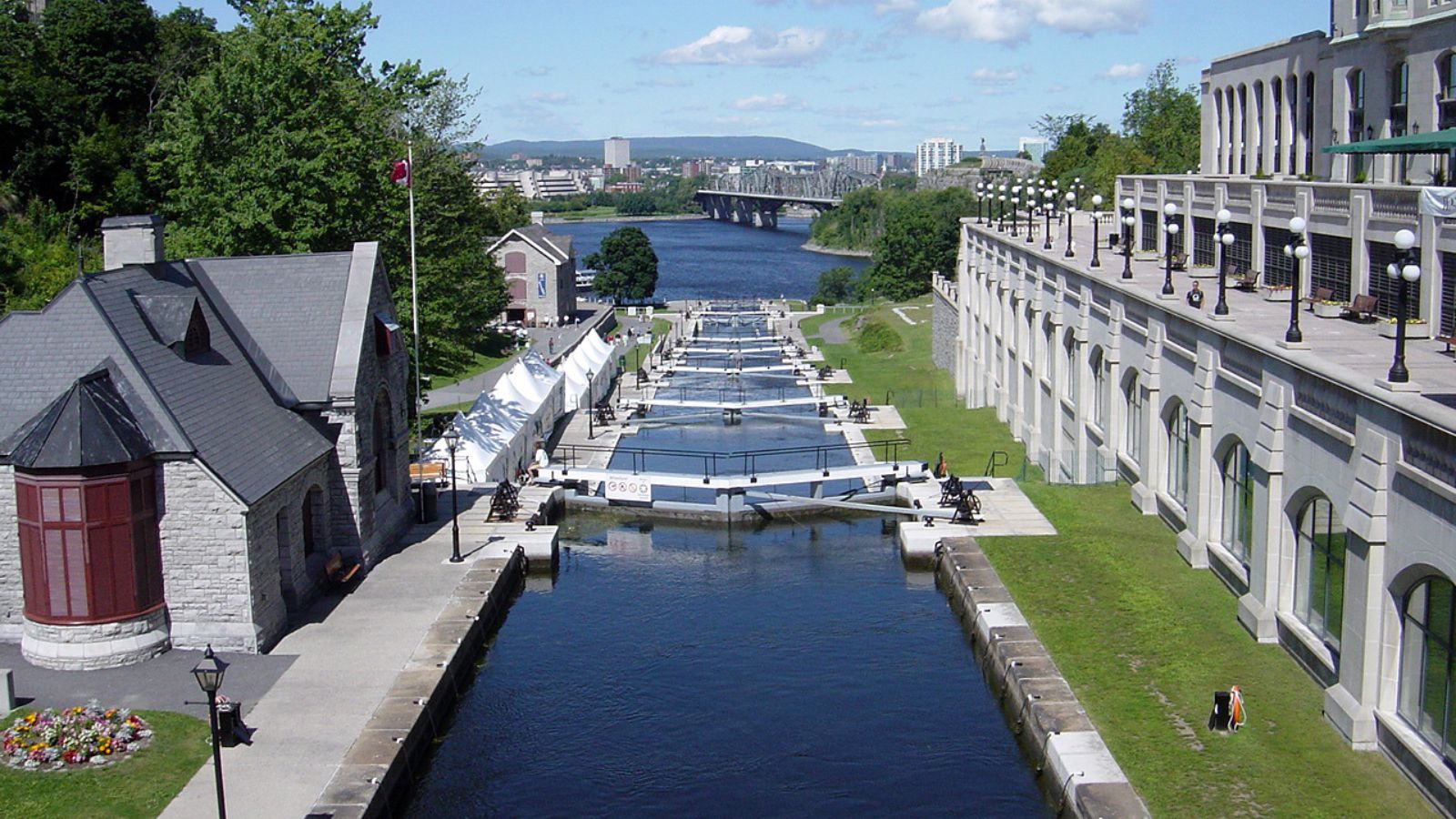
A UNESCO World Heritage Site, the Rideau Canal transforms into the world’s largest skating rink each winter. But visitors often pronounce it as “Rye-doo” when it should be closer to “Ree-doe.” The name comes from the French word for “curtain”, inspired by the canal’s waterfall-like locks. Beyond pronunciation, this landmark is a piece of Canadian engineering history, stretching 202 kilometers from Ottawa to Kingston. Skating on its frozen surface is a bucket-list Canadian experience, but knowing how to say it properly keeps you from sticking out too much among locals.
Capilano Suspension Bridge — North Vancouver, British Columbia
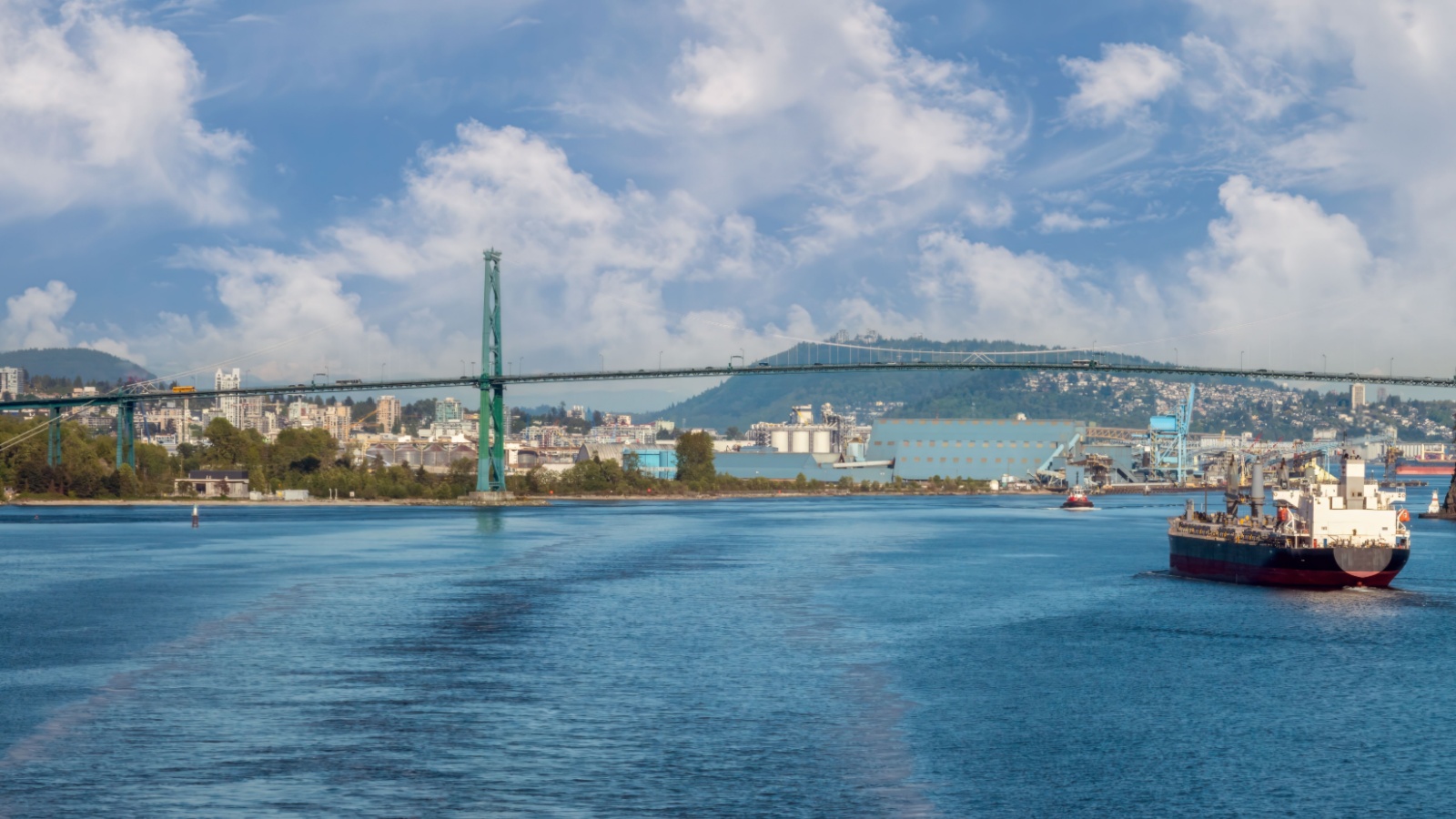
This famous suspension bridge sways 70 meters above the Capilano River, drawing tourists from all over the world. But many mispronounce “Capilano” as “Cap-ee-lay-no” instead of the correct “Cap-ih-lah-no.” The bridge offers sweeping views of lush rainforest and is one of Vancouver’s most visited attractions. Beyond the bridge, there are treetop walkways and cliffside adventures that immerse visitors in West Coast nature. While mispronouncing the name won’t ruin your trip, getting it right makes conversations with locals, many of whom grew up visiting the bridge, feel more natural.
Gros Morne National Park — Newfoundland and Labrador
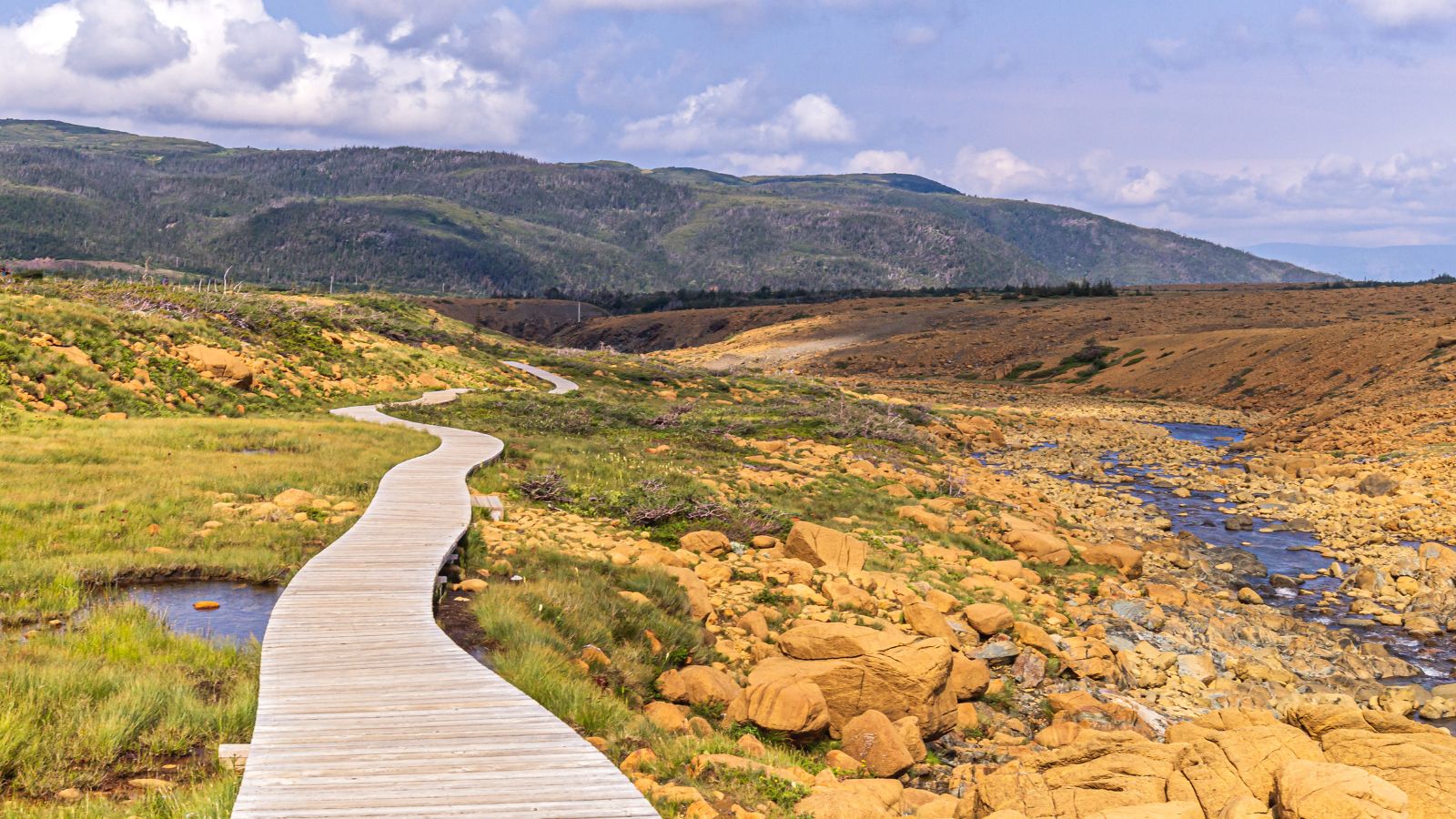
This UNESCO World Heritage Site is known for its dramatic fjords, mountains, and coastal beauty. The name often trips up travelers, who call it “Gross Morne” instead of “Grow Morn”. In French, it means “big mountain”, and it truly lives up to the name with its rugged, otherworldly landscapes. Locals in Newfoundland are used to hearing visitors say it wrong, but they appreciate the effort when tourists try to get it right. With its geological wonders and endless hiking trails, Gros Morne is unforgettable, both for its scenery and its tricky name.
Qu’Appelle Valley — Saskatchewan
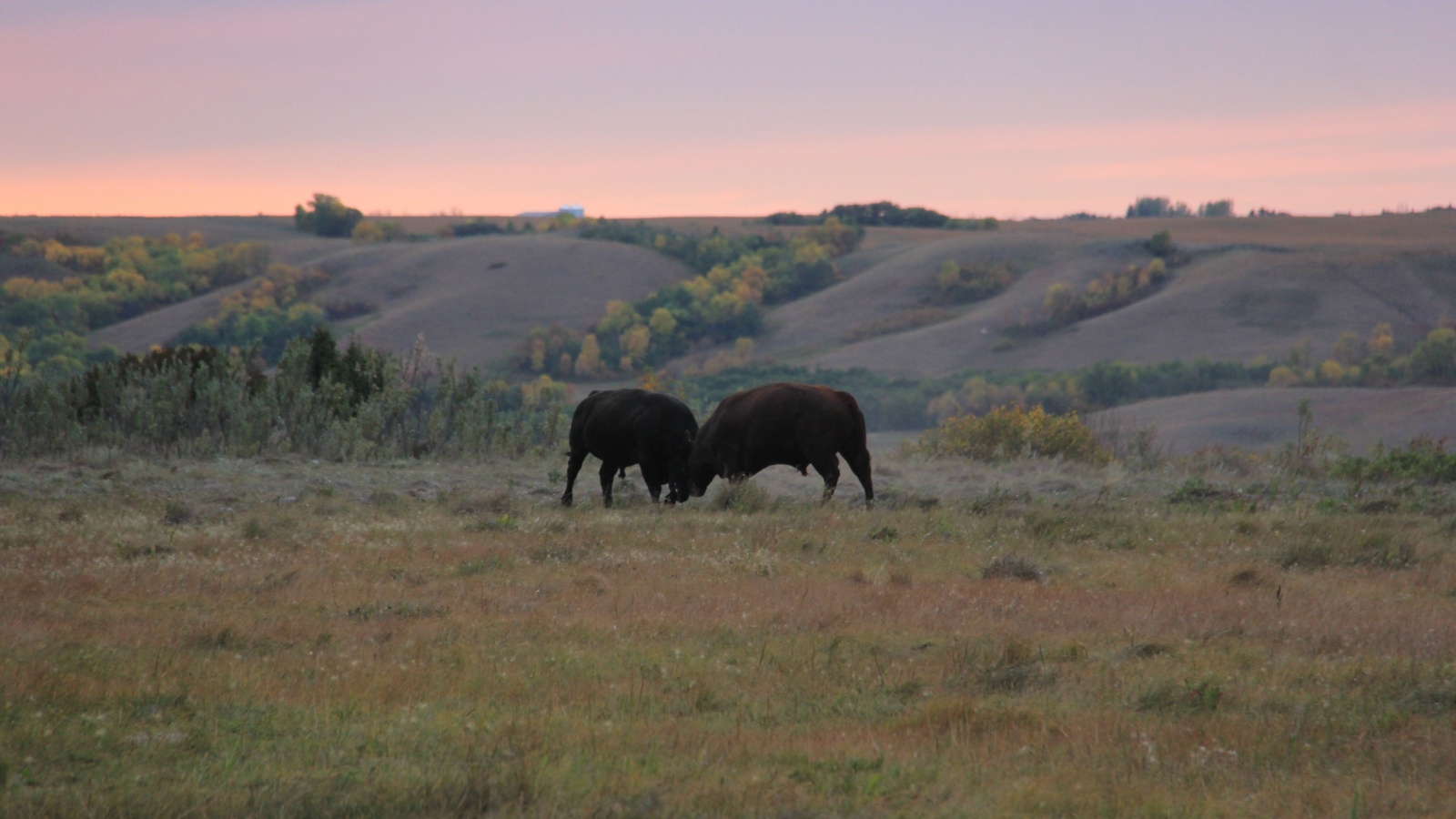
Stretching across southern Saskatchewan, the Qu’Appelle Valley is known for its rolling hills, lakes, and Indigenous history. Tourists often say “Kwa-pell” instead of the correct “Kah-pell”. The name translates to “Who calls?” from Cree, tied to a local legend. Today, it’s a popular summer destination for camping, boating, and exploring small towns. Mispronunciations are common because of the French spelling, but locals quickly recognize what you mean. Knowing the right way to say it adds a layer of respect for the region’s cultural and historical roots.
Point Pelee National Park — Ontario
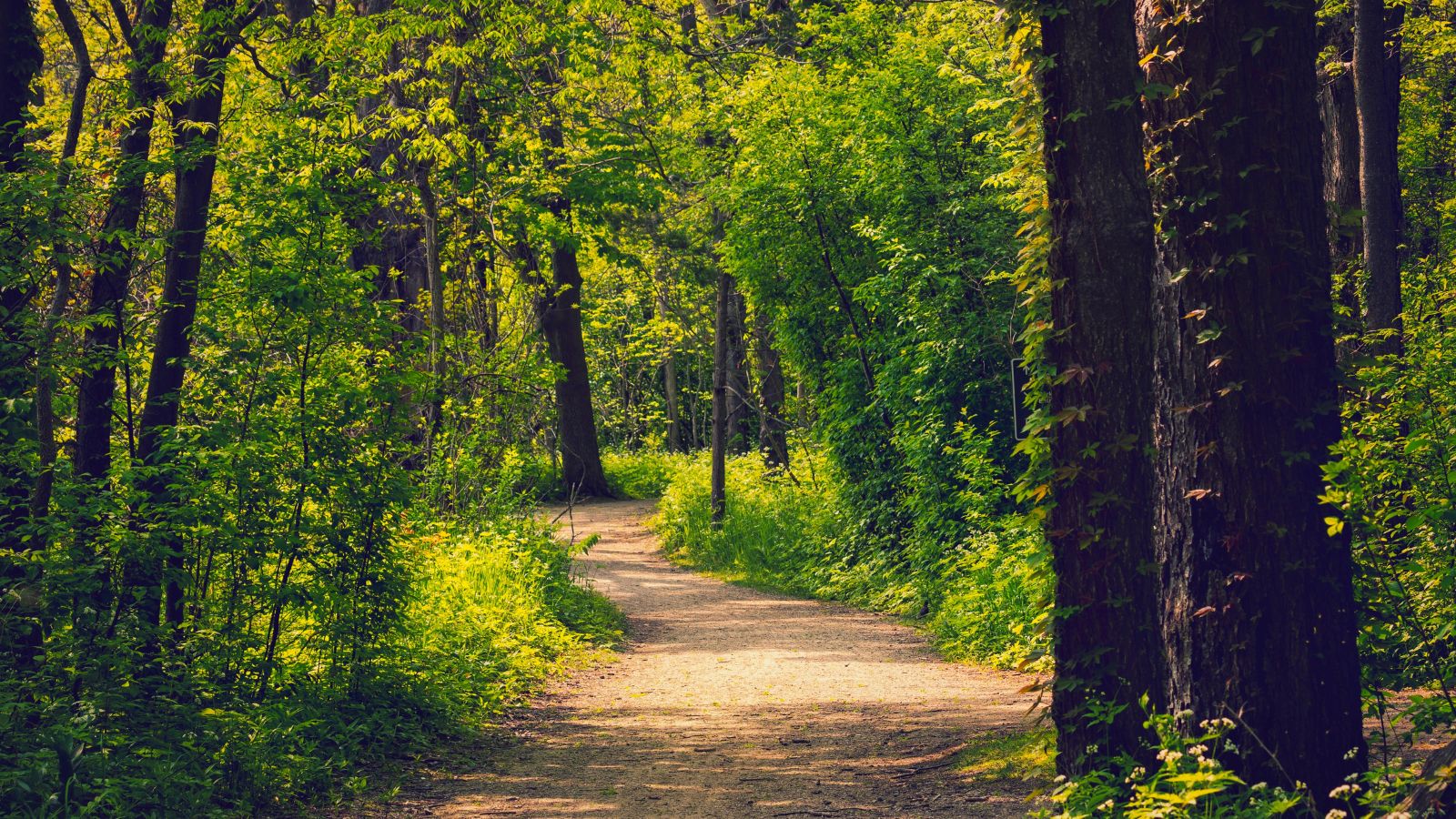
Canada’s southernmost point is home to rich birdwatching and unique ecosystems, but its name often gets mangled. Many say “Pee-lee” instead of “Pay-lee”. Located on Lake Erie, Point Pelee is a migration hotspot where thousands of birds pass through each spring. The park also offers boardwalks, beaches, and canoeing opportunities. While its spelling seems straightforward, the French-influenced pronunciation surprises many visitors. Once you’ve got it right, you’ll fit right in as you chat with rangers and fellow travelers about one of Ontario’s natural gems.
St. John’s — Newfoundland and Labrador
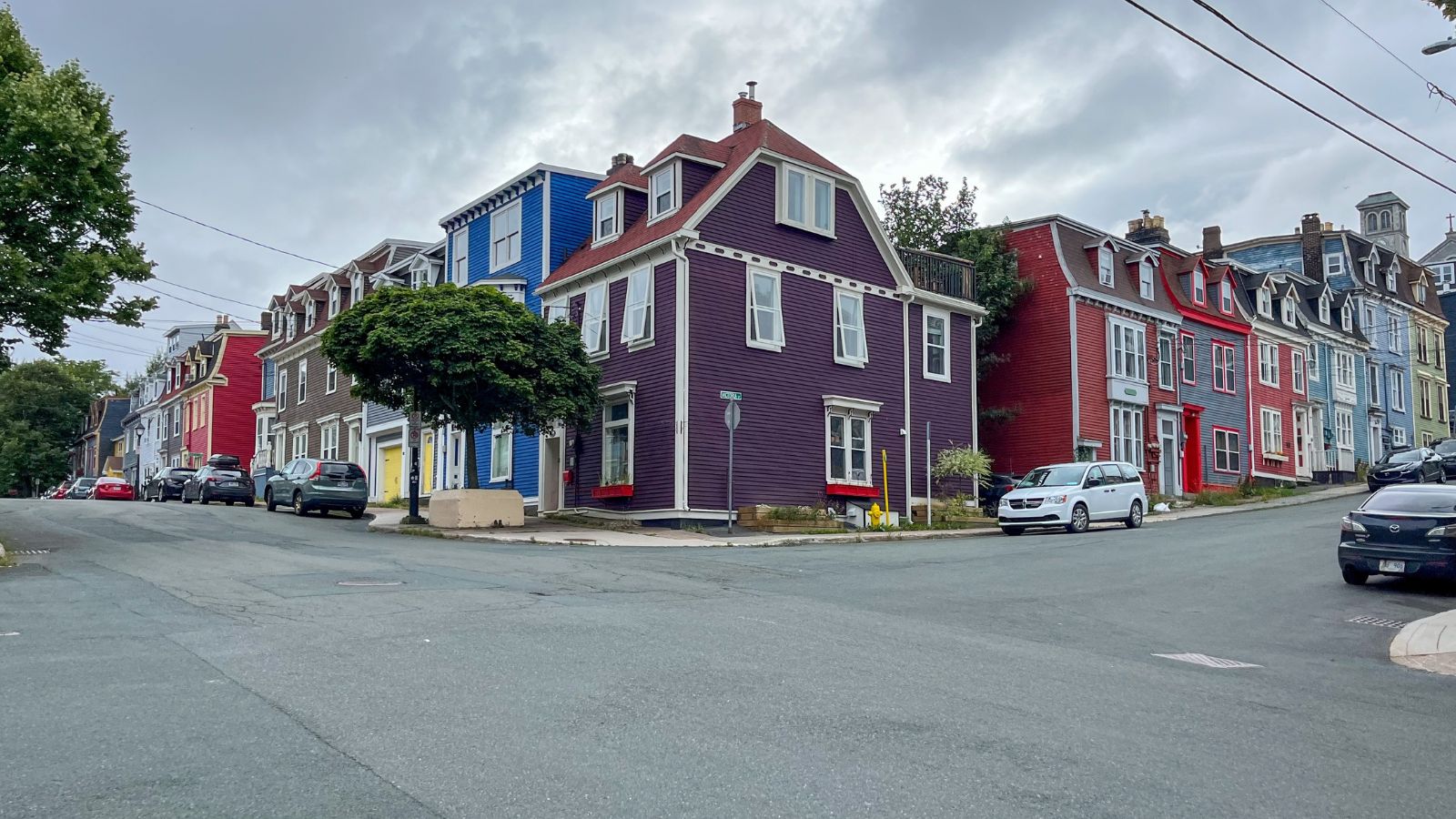
The capital of Newfoundland and Labrador looks easy enough, but it often confuses visitors who confuse it with Saint John, New Brunswick. To make it worse, tourists sometimes add an “s” sound at the end, saying “St. John’ss” instead of the simpler “St. John’s”. Locals are quick to correct outsiders, especially since the two cities are so distinct. St. John’s is known for its colorful row houses, historic Signal Hill, and lively downtown, and getting the name right is a small way to show you understand the culture and pride of the province.
Athabasca Glacier — Alberta
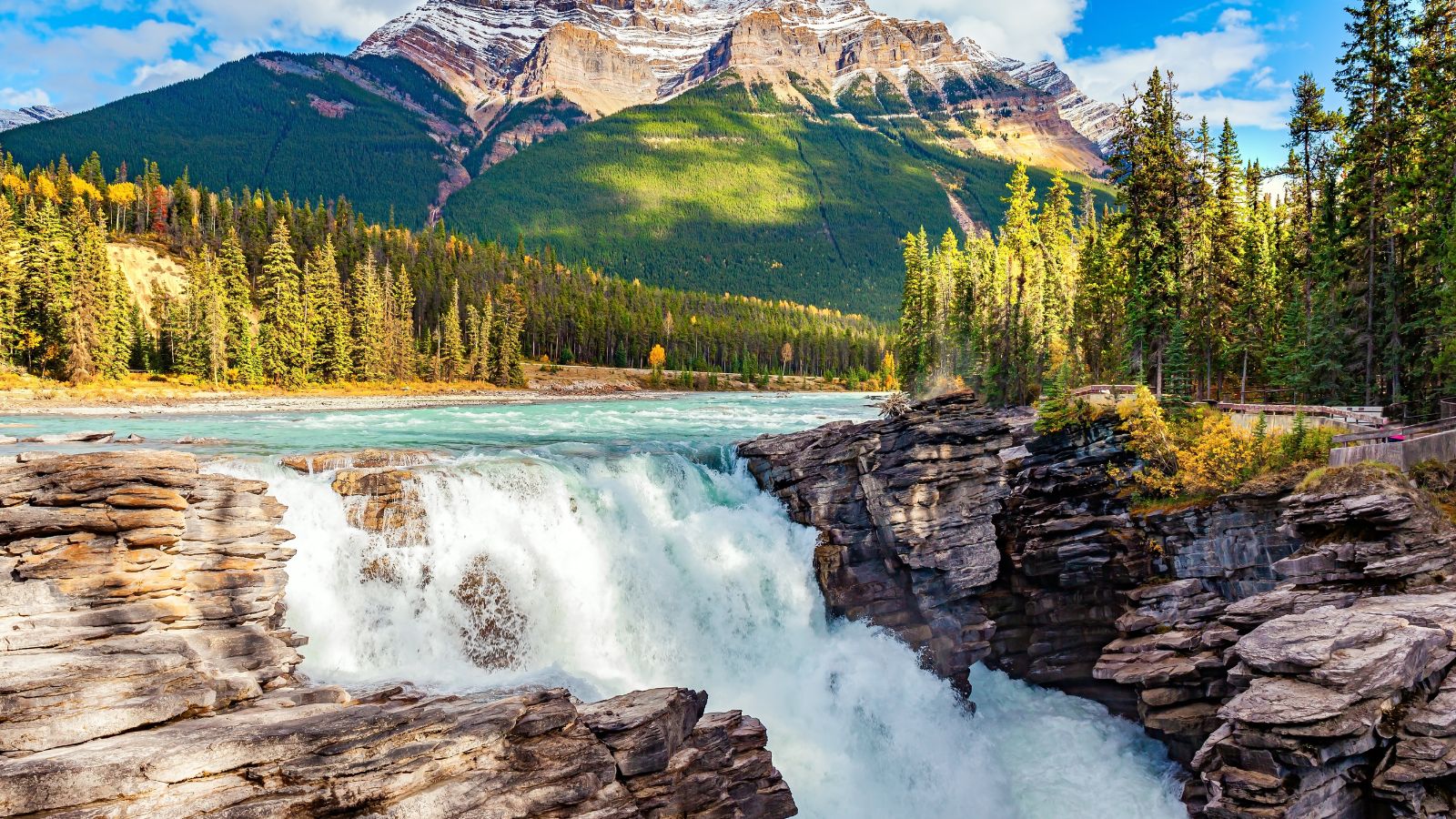
Part of the Columbia Icefield in Jasper National Park, the Athabasca Glacier is one of the most visited glaciers in North America. Many visitors say “Ath-a-BAY-ska” instead of the correct “Ath-a-BAS-ka”. The glacier offers guided tours, snow coach rides, and breathtaking views of ancient ice, and as climate change impacts its size each year, visiting feels even more urgent. Pronouncing the name correctly not only avoids confusion with guides but also connects you with the Indigenous origins of the word, which refers to “grass or reeds”.
Sauble Beach — Ontario
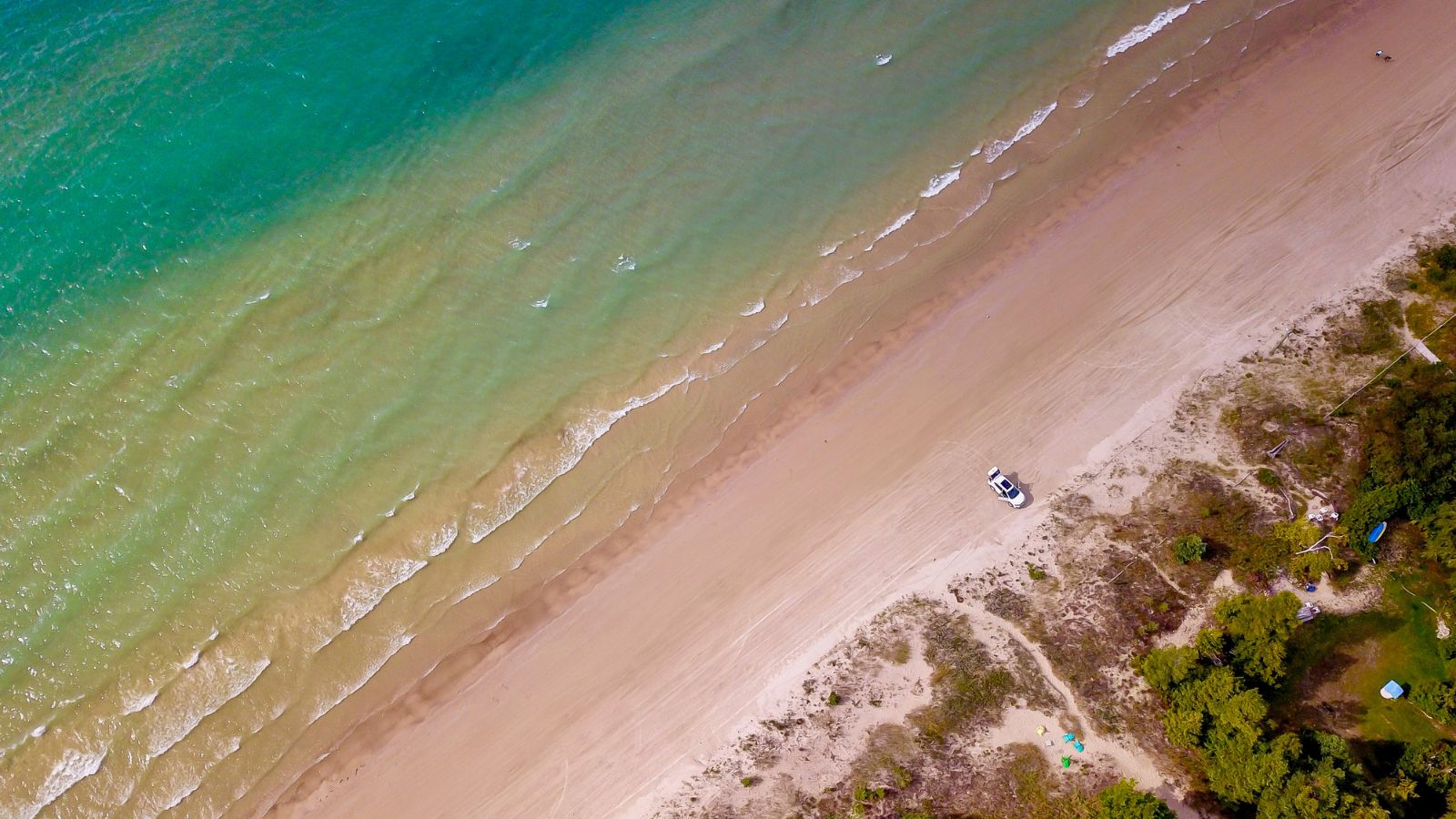
One of Ontario’s most popular summer spots, Sauble Beach stretches for 11 kilometers along Lake Huron. But many outsiders say “Saw-ble” instead of the correct “Sawb-ul”. The town itself thrives on beachgoers who flock here for swimming, sandcastles, and sunsets, and while it’s not uncommon for tourists to stumble over the name, locals can be quick to point it out with a laugh. Pronouncing it correctly won’t just save you embarrassment, it’ll also help you blend in better as you enjoy one of Ontario’s most beloved beach destinations.
Lake Memphremagog — Quebec/Vermont Border
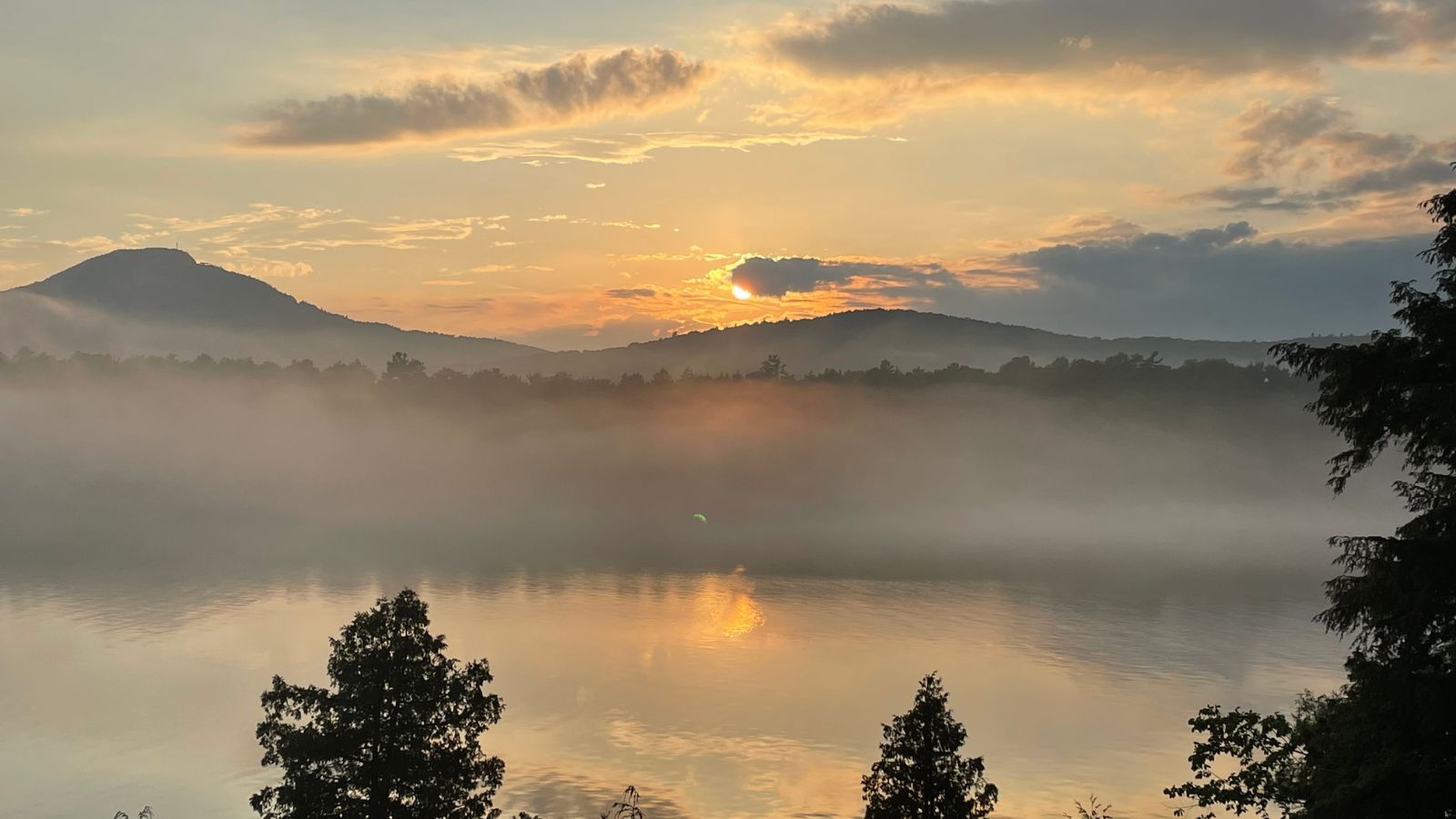
This long glacial lake straddles Quebec and Vermont, and its name is a mouthful. Tourists often say “Mem-phre-ma-gog” incorrectly, when the closer pronunciation is “Mem-freh-mah-gog”. The name has Indigenous roots, meaning “where there is a big expanse of water”. Known for boating, fishing, and legendary tales of a lake monster called “Memphré”, the lake is surrounded by rolling hills and charming towns like Magog. Saying the name correctly earns a nod from locals who have grown up with both the beauty and folklore that make this lake so unique.
Massawippi Valley — Quebec
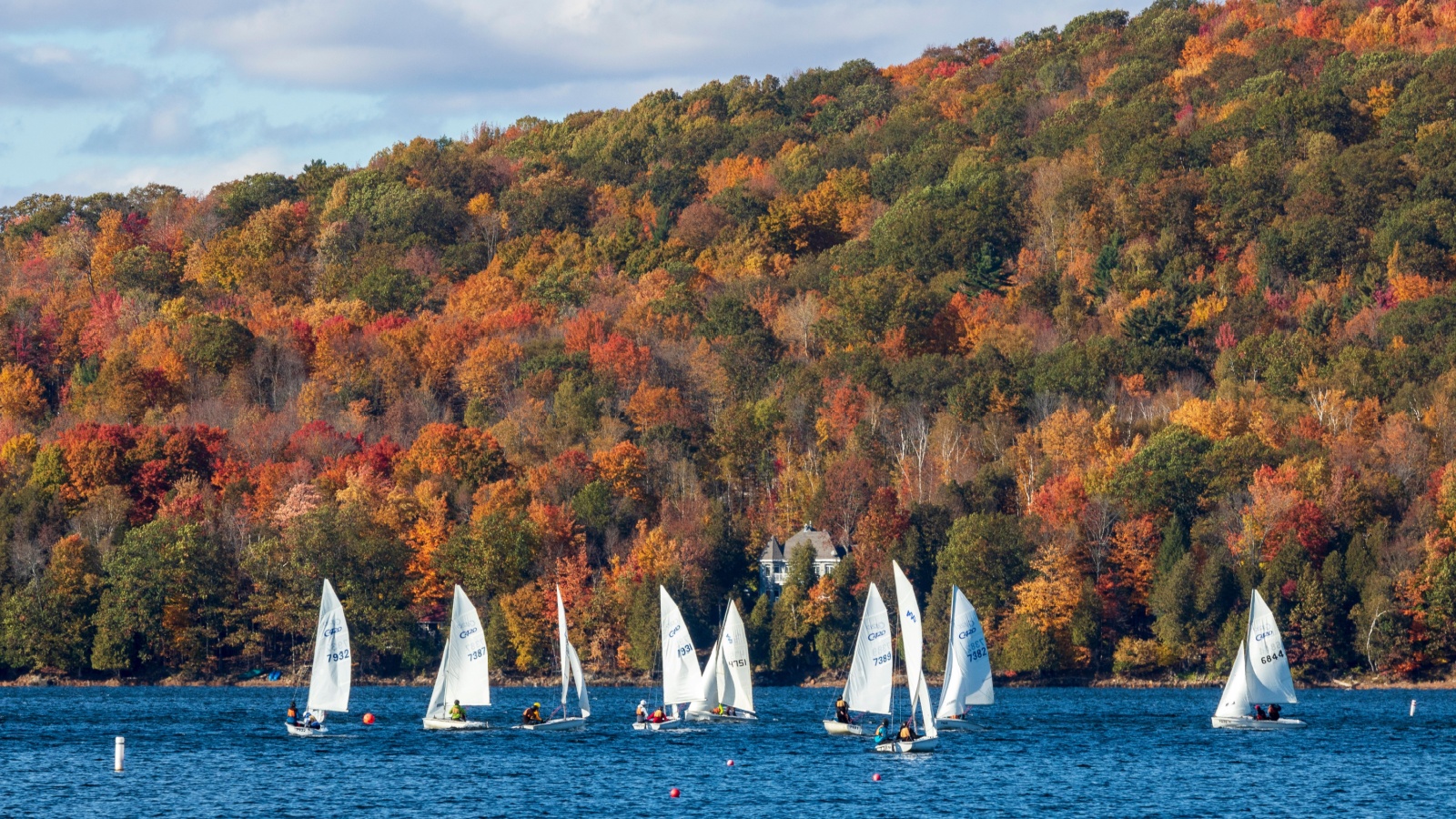
Nestled in Quebec’s Eastern Townships, the Massawippi Valley is home to Lake Massawippi and a collection of quaint villages. Many visitors trip up by saying “Mass-a-whip-ee” instead of “Mass-a-wip-ee”. The word comes from an Abenaki term meaning “the deep lake”. The valley is a haven for outdoor activities like cycling, paddling, and hiking, with rolling farmland adding to its charm. While mispronunciations are common, locals appreciate it when travelers try to get it right.
Nanaimo — British Columbia
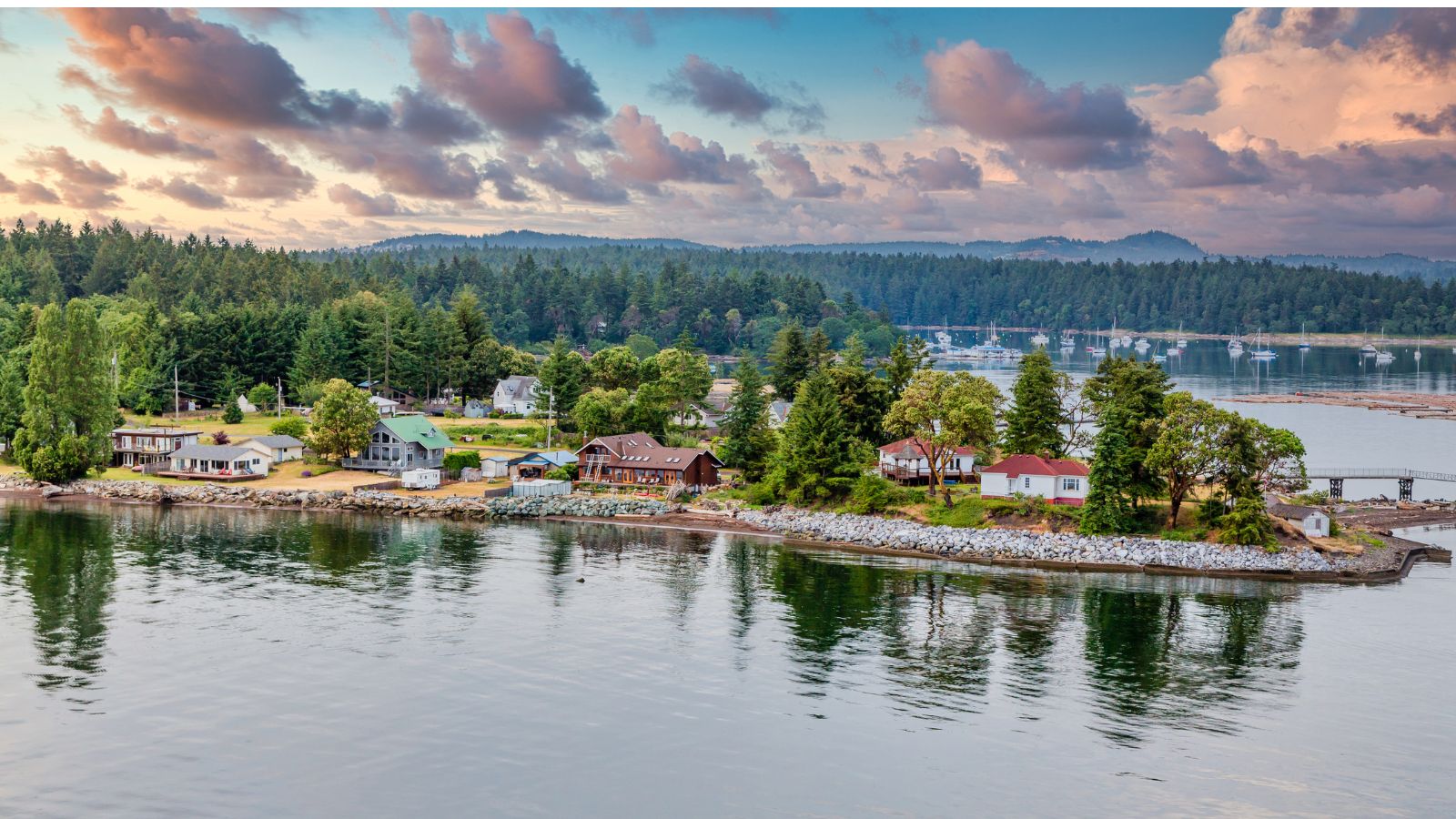
On Vancouver Island, Nanaimo is best known for its namesake dessert, the Nanaimo bar. Tourists, however, often mispronounce it as “Na-nay-mo” when the correct version is “Na-nye-mo”. The harbor city offers ocean views, island-hopping adventures, and a vibrant food scene. Beyond its culinary fame, Nanaimo boasts outdoor activities like kayaking and hiking in nearby provincial parks. Locals tend to chuckle at mispronunciations but are quick to help visitors out. Getting the name right not only makes conversations smoother, it adds a touch of local respect to your time in this west coast community.
Osoyoos — British Columbia
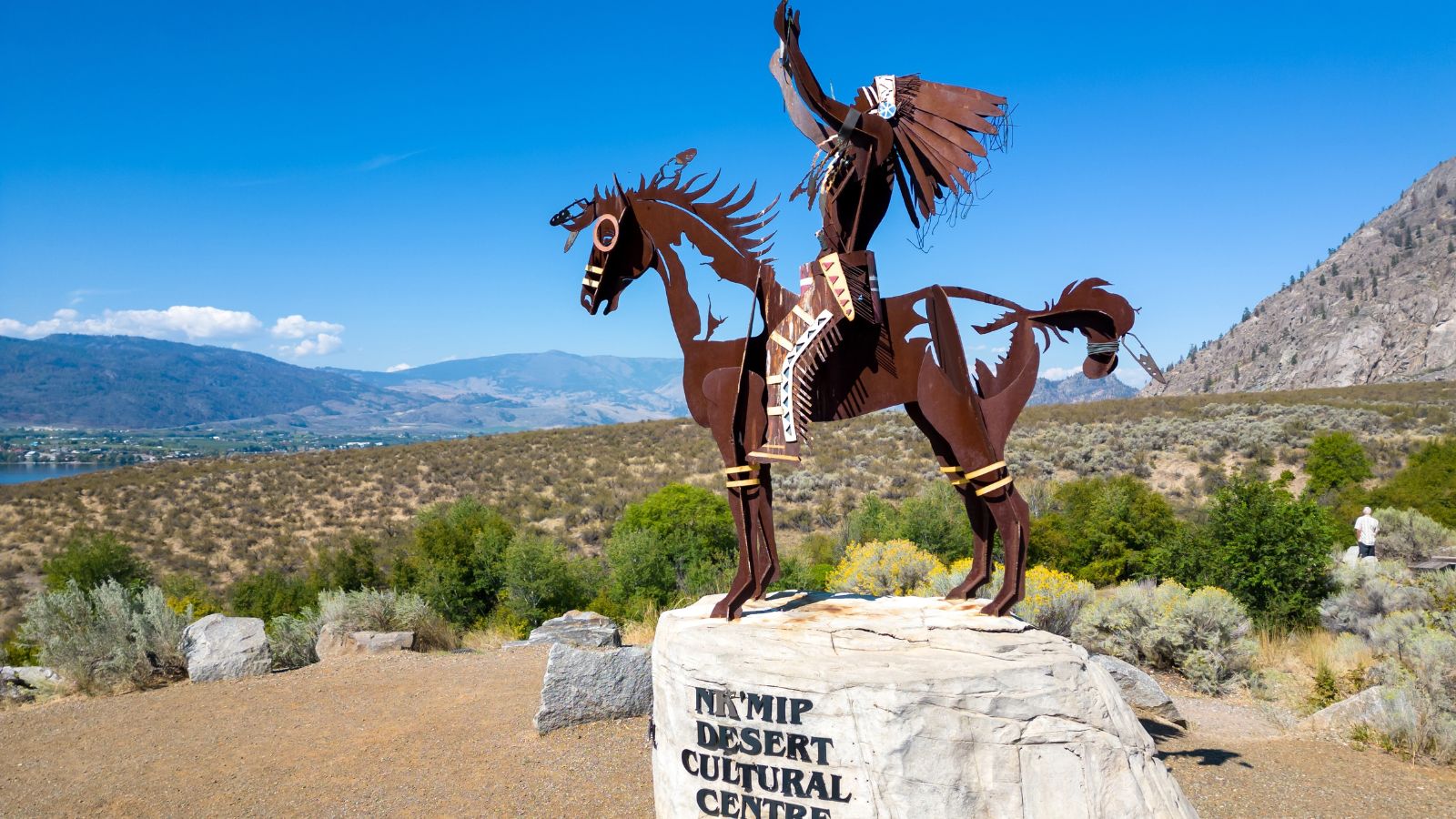
Located in the Okanagan Valley, Osoyoos is one of Canada’s warmest and driest spots, famous for its wineries and desert-like climate. Many tourists mistakenly say “Oh-soy-yoos” instead of the correct “Oh-soy-oos”. The town sits beside a stunning lake and is surrounded by vineyards, making it a prime destination for wine lovers. Its name comes from the Okanagan language, meaning “narrowing of the waters”. Getting the pronunciation right helps honor the Indigenous roots of the area while avoiding awkward stumbles. Whether you’re wine tasting or relaxing lakeside, Osoyoos is worth remembering, name and all.
Chicoutimi — Quebec
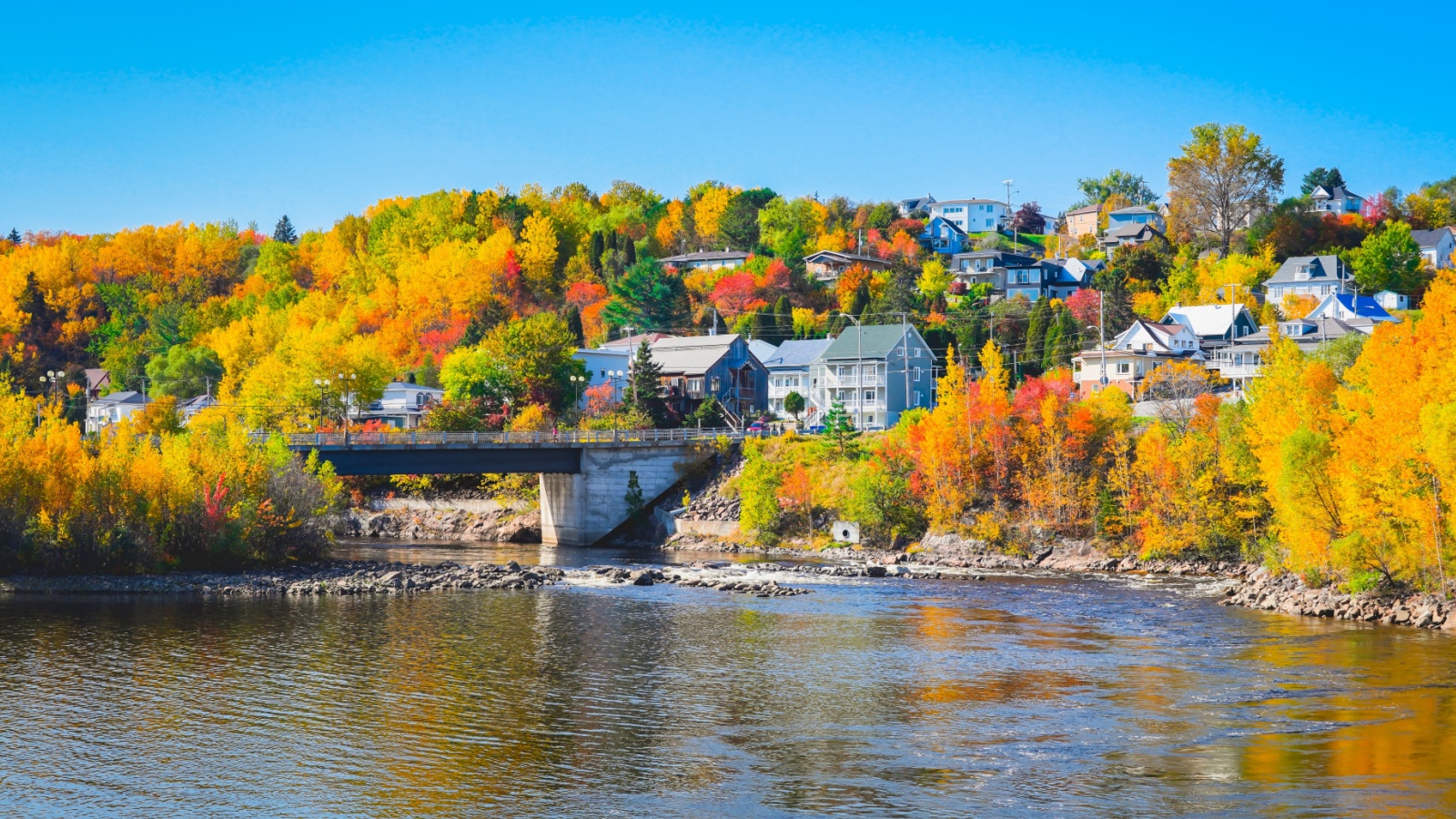
A borough of Saguenay, Chicoutimi is often pronounced all wrong by visitors, who say “Chick-out-a-mee” instead of “Shi-coo-ti-mee”. The name comes from an Innu word meaning “the end of the deep water”. Once a major trading post, Chicoutimi is now known for its arts scene, outdoor activities, and access to the Saguenay Fjord. Mispronunciations are so common that locals are accustomed to them, but taking the effort to say it correctly makes a difference. It shows respect for the area’s history and Indigenous influences while making you sound more in the know.
Kananaskis Country — Alberta
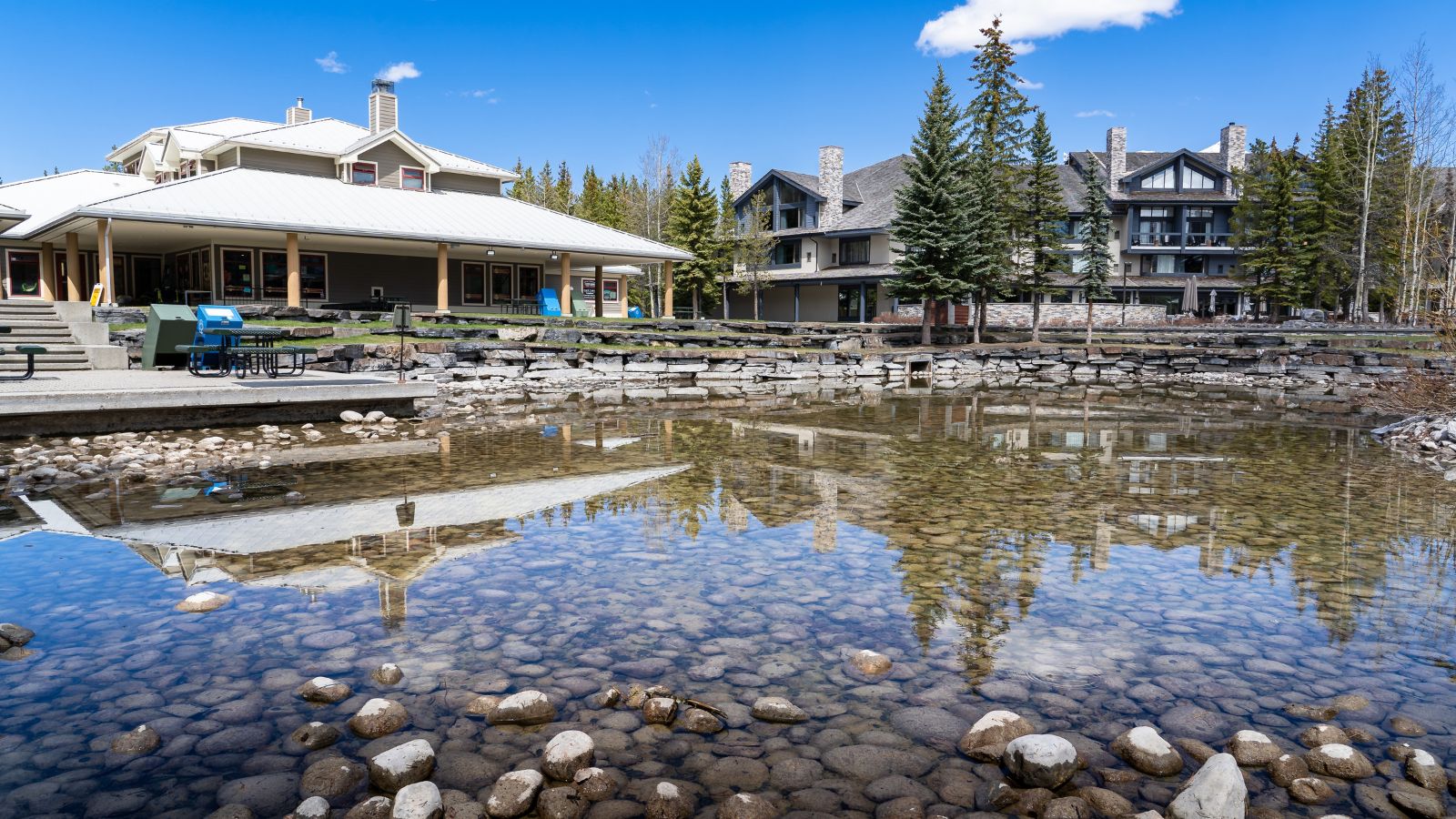
Kananaskis, a mountain playground near Calgary, is packed with hiking trails, lakes, and ski spots. But tourists often stumble over the name, saying “Kan-a-nas-kiss” instead of “Kan-a-nask-is”. The word is derived from an Indigenous name, though its exact origins are debated. The region itself is breathtaking, offering an alternative to crowded Banff, and locals are protective of this outdoor paradise, and pronouncing it correctly helps you connect with their pride. From backcountry camping to scenic drives, Kananaskis is a reminder that sometimes the hardest names hide the most beautiful destinations.
Ucluelet — British Columbia
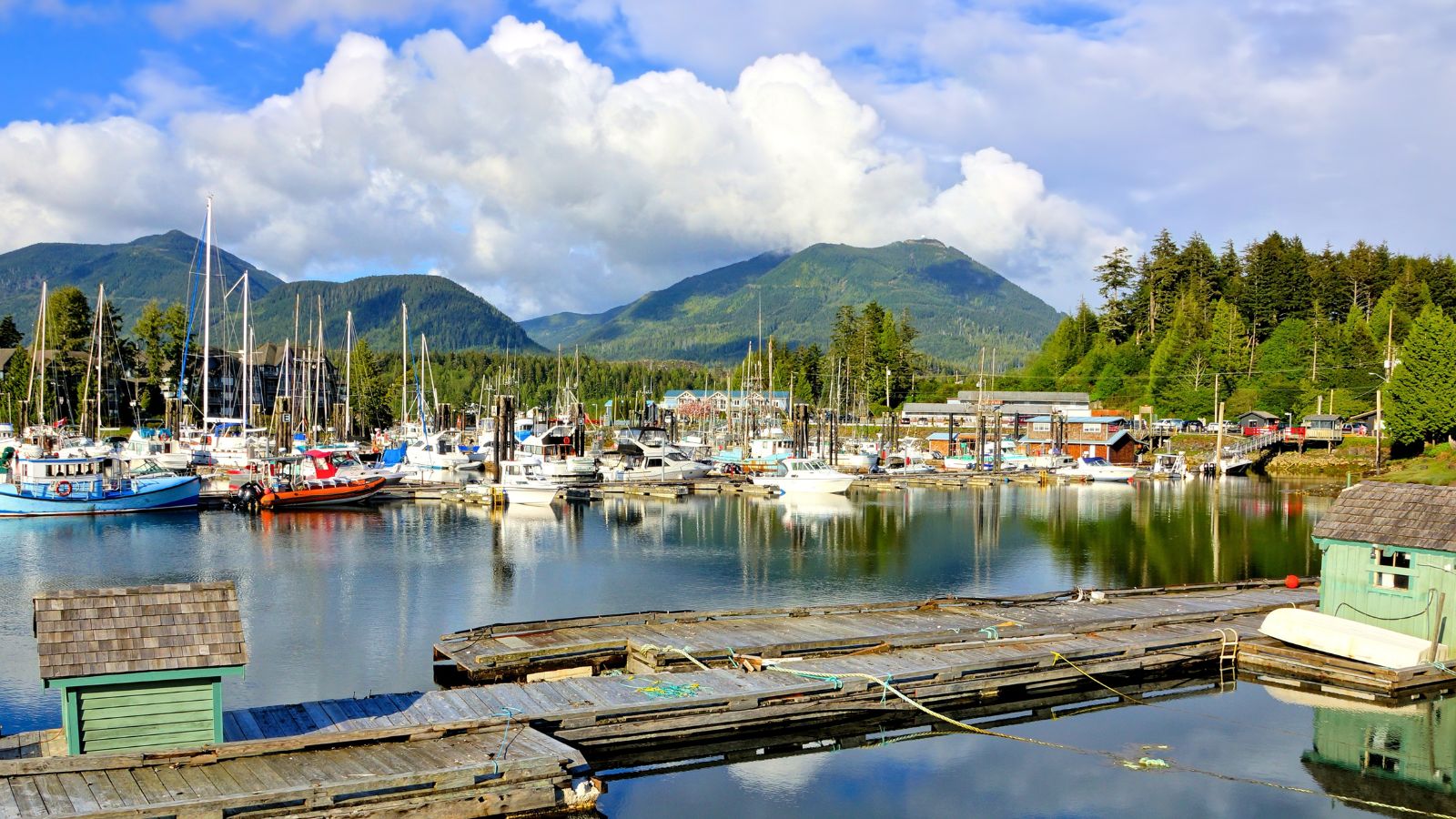
A charming town on Vancouver Island’s west coast, Ucluelet is often mispronounced by tourists as “You-cloo-let”, while the correct pronunciation is closer to “You-clue-lit”. Known for its rugged coastline, surfing, and access to the Wild Pacific Trail, Ucluelet sits near Tofino but has a quieter, more local feel. Its name comes from the Nuu-chah-nulth language, meaning “people of the safe harbor”. Learning how to say it properly shows respect for the community’s Indigenous heritage, and with whale watching, storm watching, and endless natural beauty, Ucluelet is a place where effort in pronunciation goes a long way.
Iqaluit — Nunavut
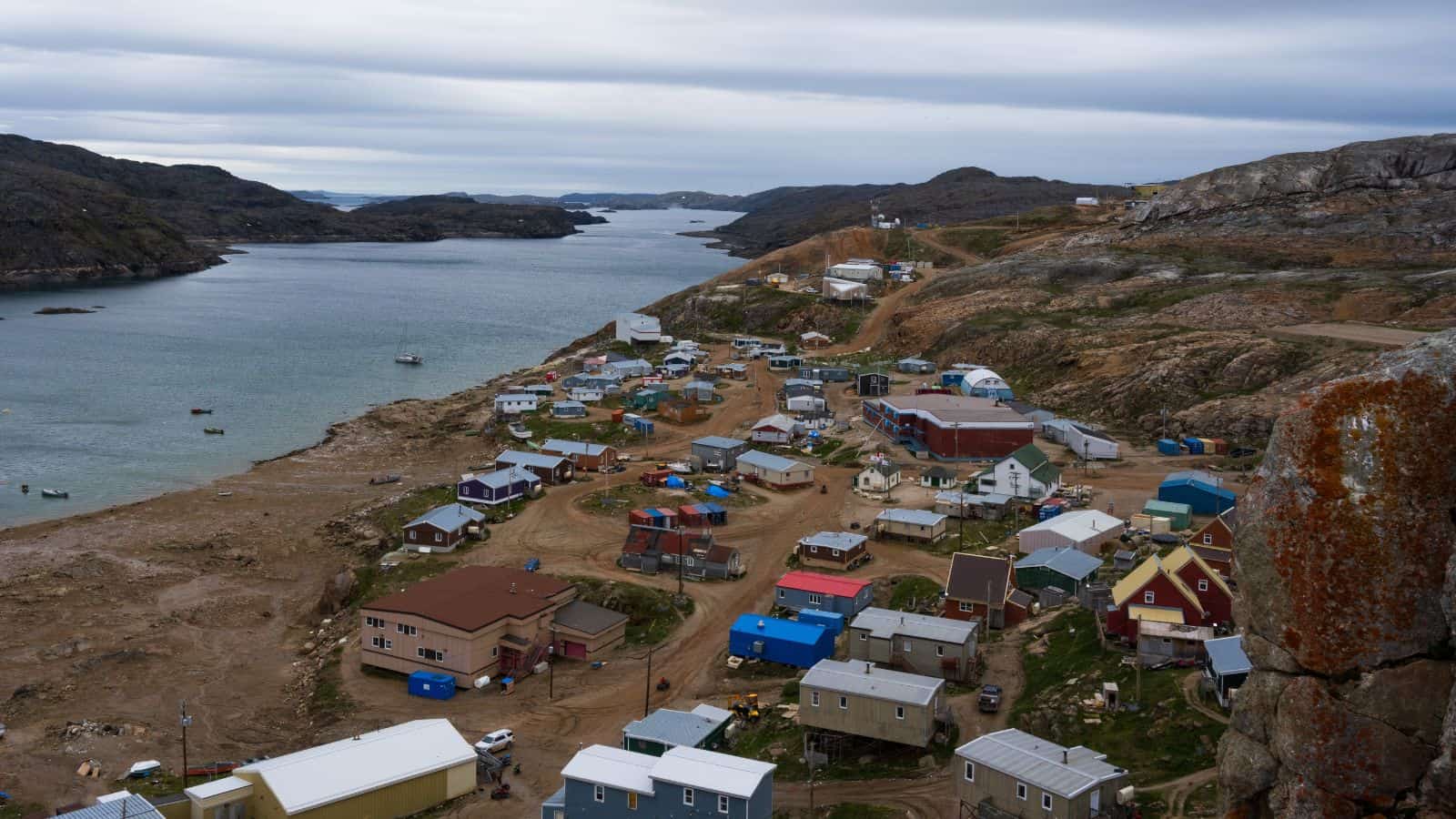
Canada’s Arctic capital is one of the most mispronounced names in the country. Visitors often say “Ick-a-loo-it,” but the correct version is “Ee-kah-loo-it”, meaning “place of many fish” in Inuktitut. Iqaluit is remote yet vibrant, serving as the cultural and political hub of Nunavut, and it is known for its Inuit art, stunning landscapes, and the northern lights. Mispronouncing the name can come across as dismissive of the region’s culture, so locals appreciate the effort to get it right. Beyond the name, Iqaluit offers a rare chance to experience life in Canada’s far north.
Coquitlam — British Columbia
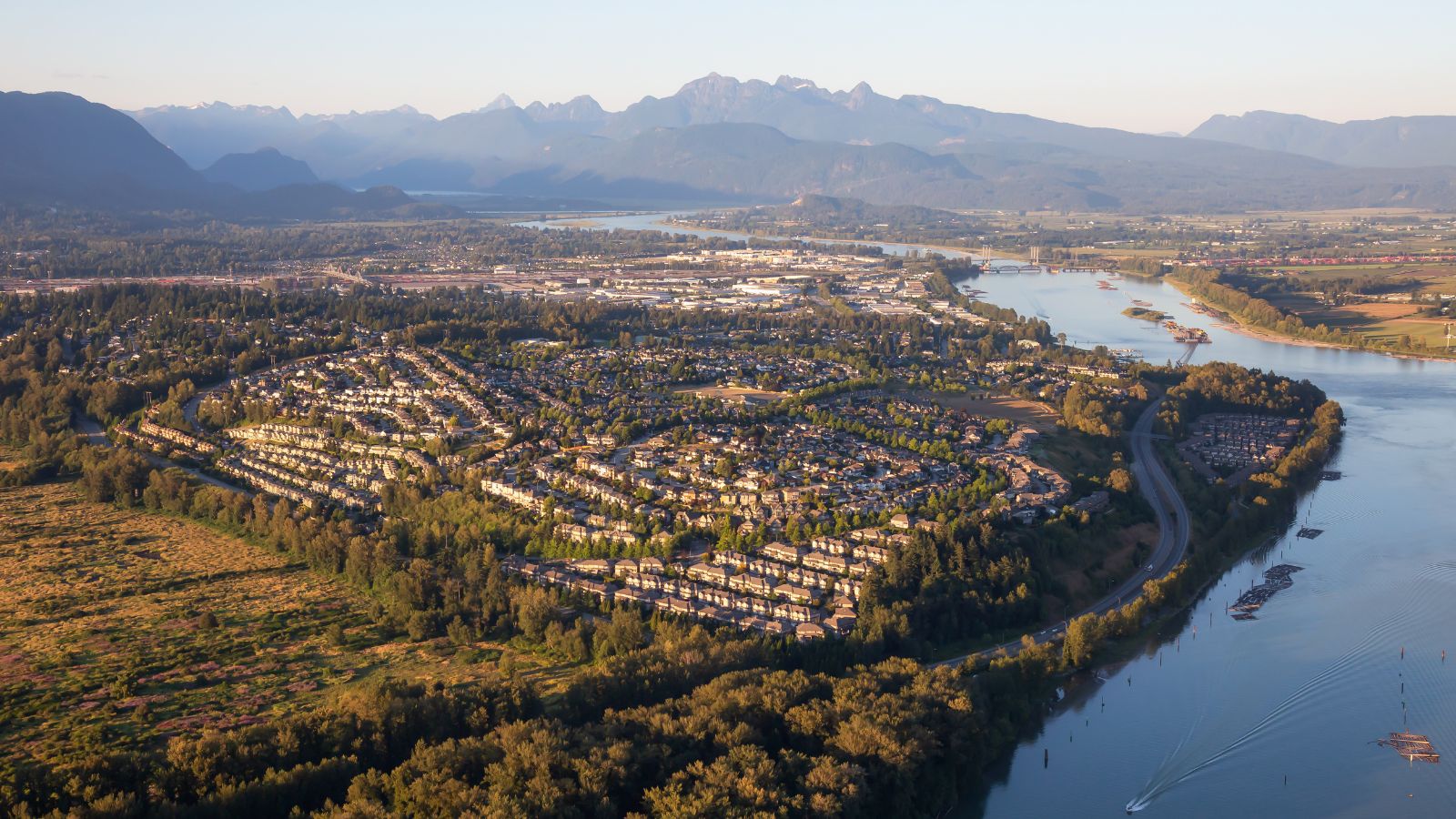
This Metro Vancouver city is often mispronounced as “Co-quit-lam” when the proper pronunciation is “Ko-quit-lum”. The name comes from a Coast Salish word meaning “red fish up the river”. Coquitlam is surrounded by mountains and rivers, offering outdoor activities alongside urban comforts. Tourists may get tripped up by the spelling, but locals quickly correct them. From cultural festivals to forested trails, the city blends nature with city life. Saying the name right makes exploring easier, whether you’re chatting with residents or asking for directions in one of British Columbia’s fastest-growing communities.
Saguenay Fjord — Quebec
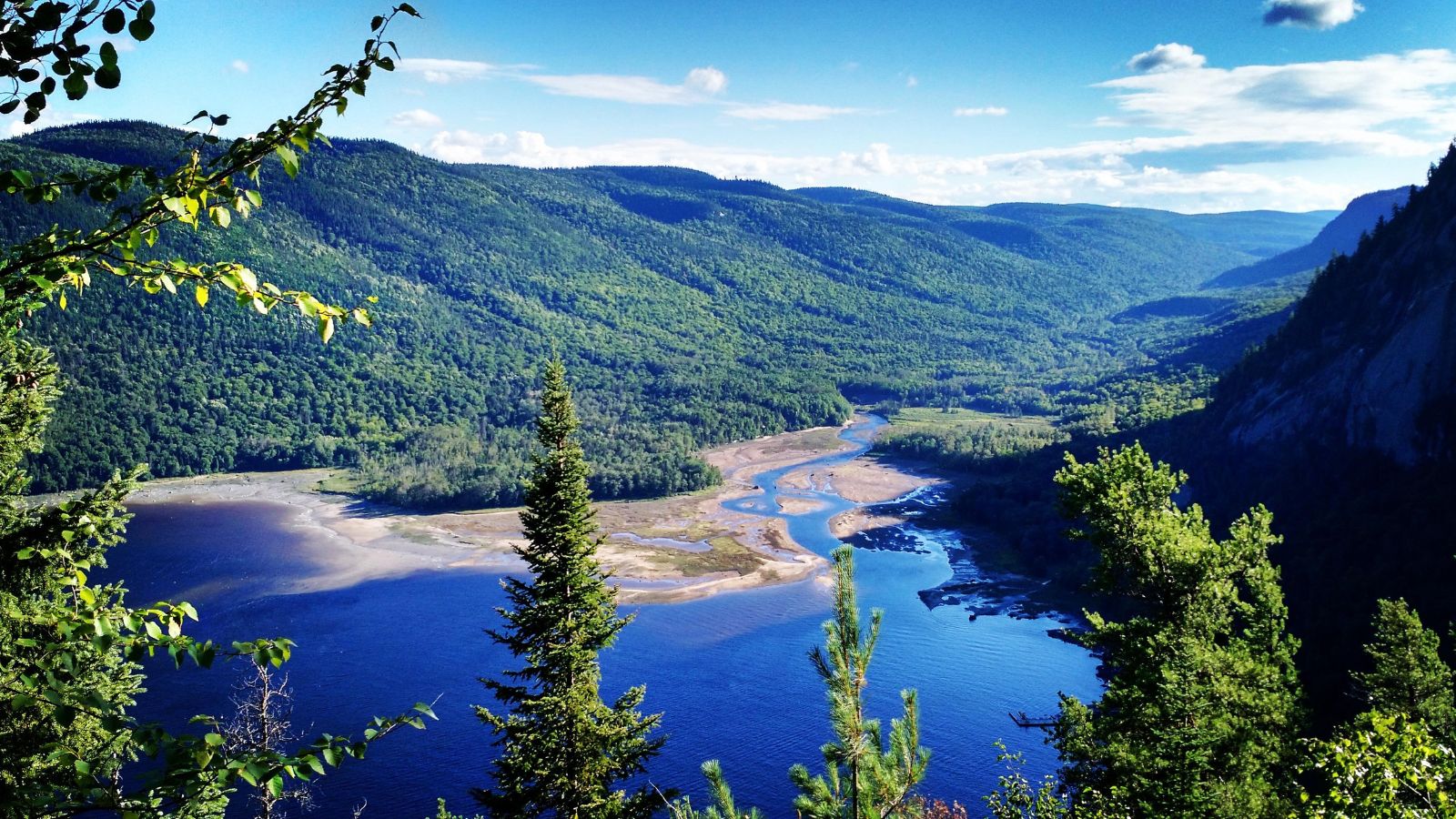
Stretching for more than 100 kilometers, the Saguenay Fjord is a natural wonder in Quebec. Many visitors say “Sag-oo-nay” instead of “Sag-uh-nay”. The fjord is a magnet for whale watchers, kayakers, and hikers, offering dramatic cliffs and deep waters, and it is part of the Saguenay–St. Lawrence Marine Park, a haven for beluga whales. The French pronunciation can often catch English-speaking visitors off guard, but learning to pronounce it properly helps in everything from booking tours to conversing with locals. This fjord isn’t just breathtaking, it is also a reminder of Quebec’s unique blend of language and nature.
Lachine Canal — Montreal, Quebec
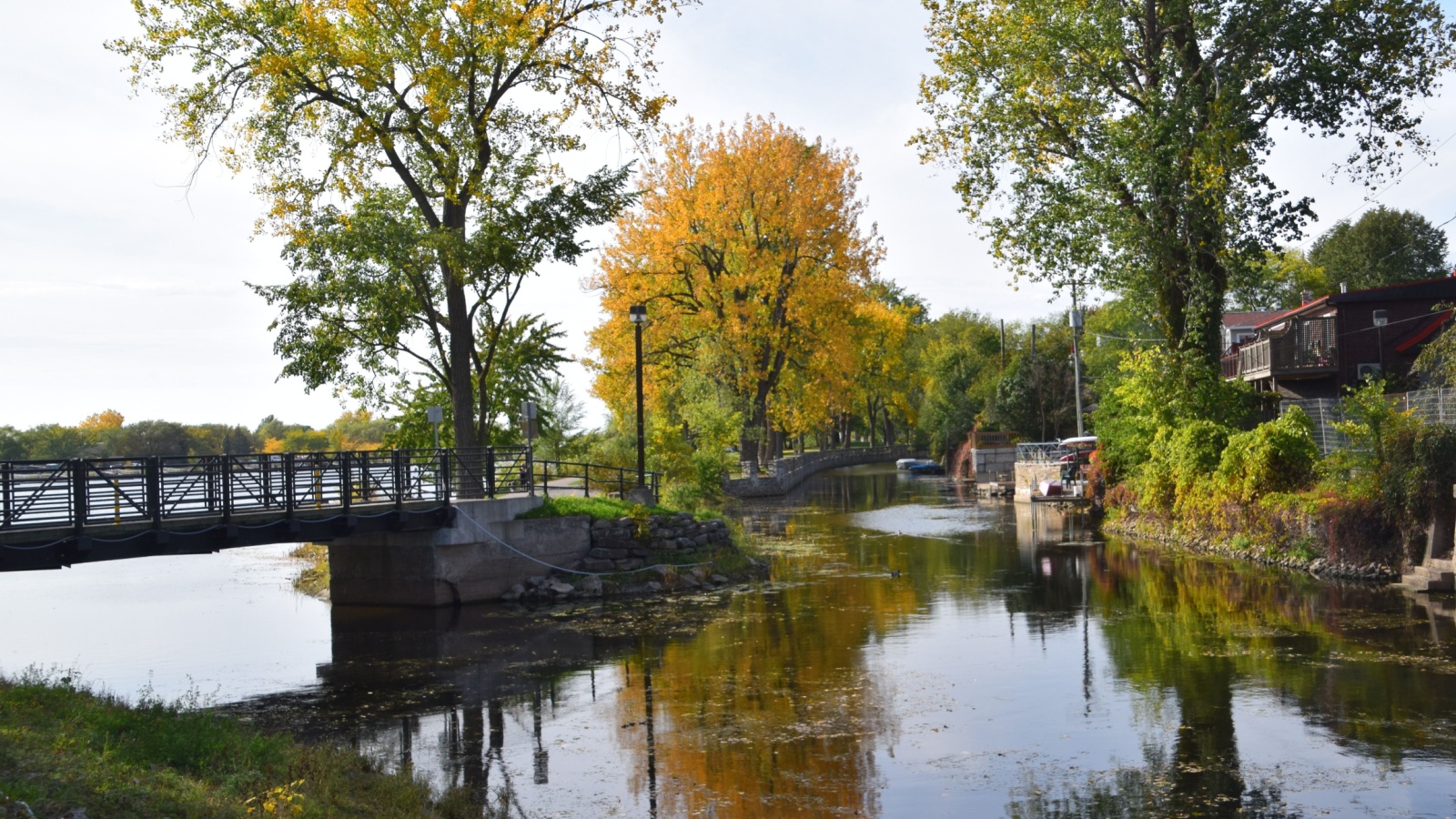
An important historic waterway, the Lachine Canal is often mispronounced by visitors who say “Lah-chine” with a harsh “ch”, instead of the softer French “Lah-sheen”. The canal once served as a vital shipping route and is now a recreational hub for cyclists, kayakers, and walkers. Running through Montreal, it offers scenic views, old industrial buildings, and cultural landmarks. Saying the name right may seem like a small detail, but it makes a big difference when interacting with locals who see the canal as part of their city’s heritage.
Auyuittuq National Park — Nunavut
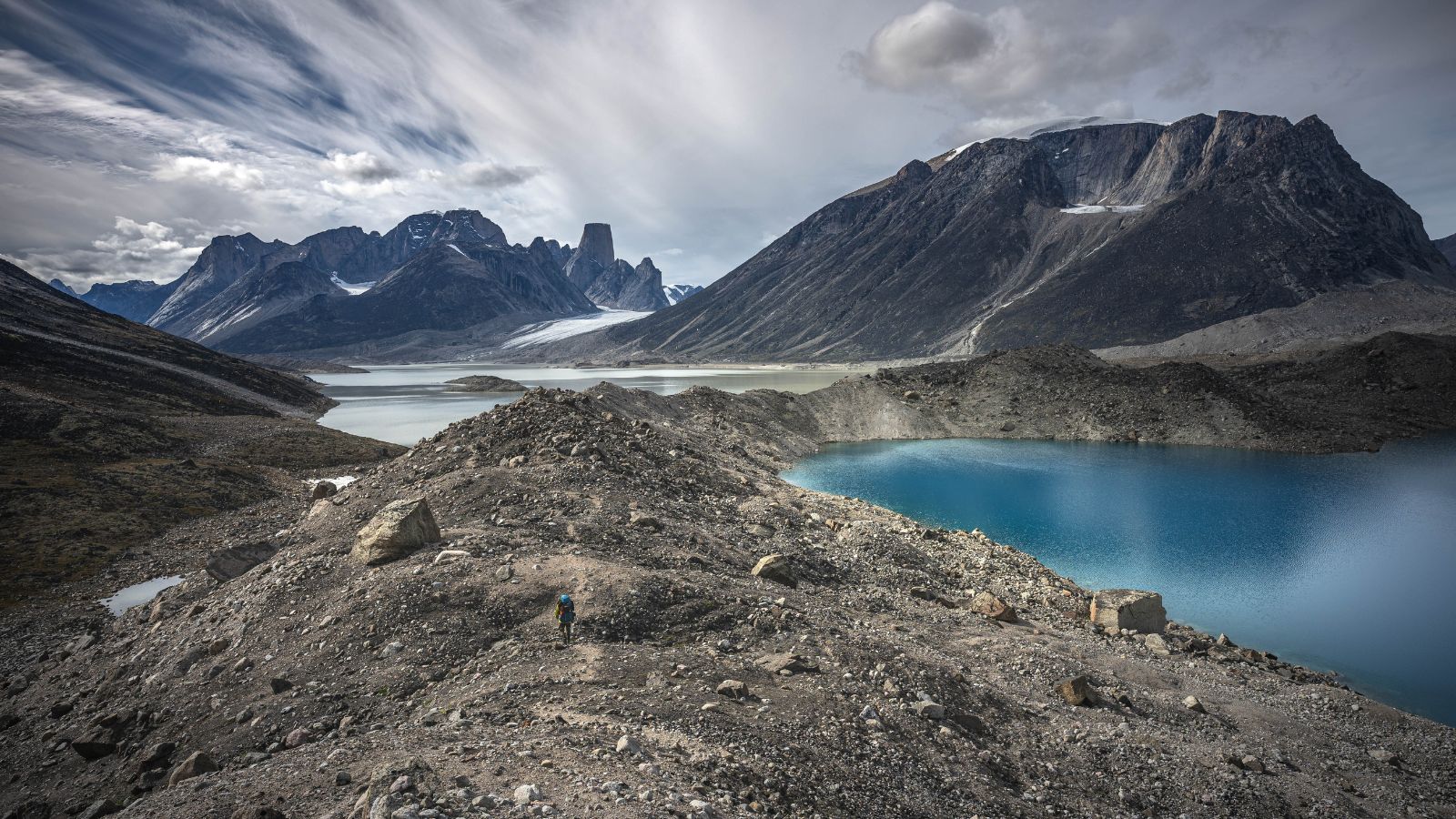
This Arctic park, famous for its glaciers and fjords, has a name that intimidates even seasoned travelers. Often butchered as “Ow-you-it-took”, the more accurate pronunciation is “Eye-you-ee-took”, meaning “the land that never melts” in Inuktitut. It is a rugged wilderness of mountains, ice, and tundra where visitors can hike the legendary Akshayuk Pass. Mispronouncing the name is almost expected, but trying to say it correctly shows respect for the Inuit language and culture. Visiting here is unforgettable, both for its jaw-dropping landscapes and the challenge of mastering its name.
Etobicoke — Ontario
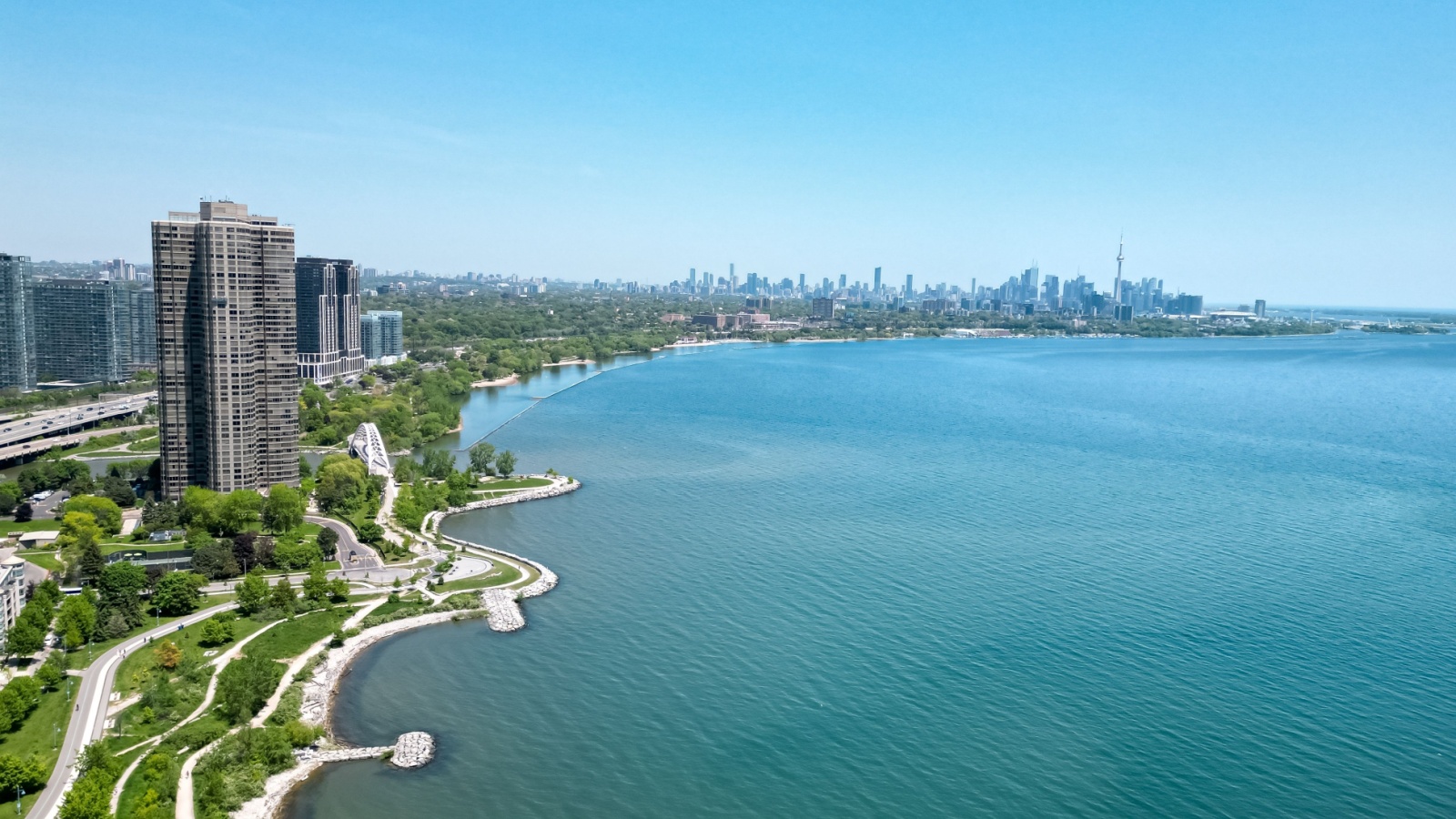
This Toronto district is one of the most mispronounced places in Canada. Tourists often say “E-toe-be-coke” when the correct pronunciation is “Eh-toe-bi-coe”. The name comes from a Mississauga word meaning “place where the alders grow”. Today, Etobicoke is a diverse part of Toronto with parks, waterfront trails, and suburban neighborhoods. Locals quickly spot outsiders by how they pronounce it, making it a small but telling detail. Saying it right helps you blend in and better appreciate the history tied to the name, which stretches far beyond Toronto’s city limits.
21 Products Canadians Should Stockpile Before Tariffs Hit

If trade tensions escalate between Canada and the U.S., everyday essentials can suddenly disappear or skyrocket in price. Products like pantry basics and tech must-haves that depend on are deeply tied to cross-border supply chains and are likely to face various kinds of disruptions
21 Products Canadians Should Stockpile Before Tariffs Hit
